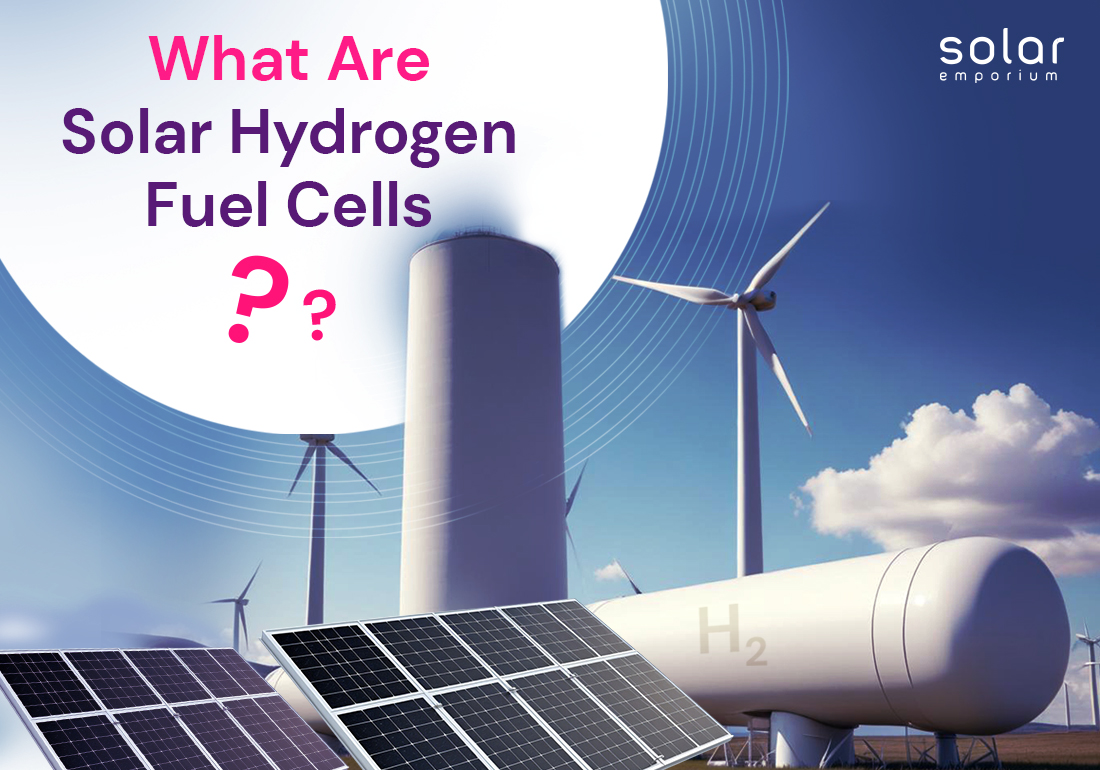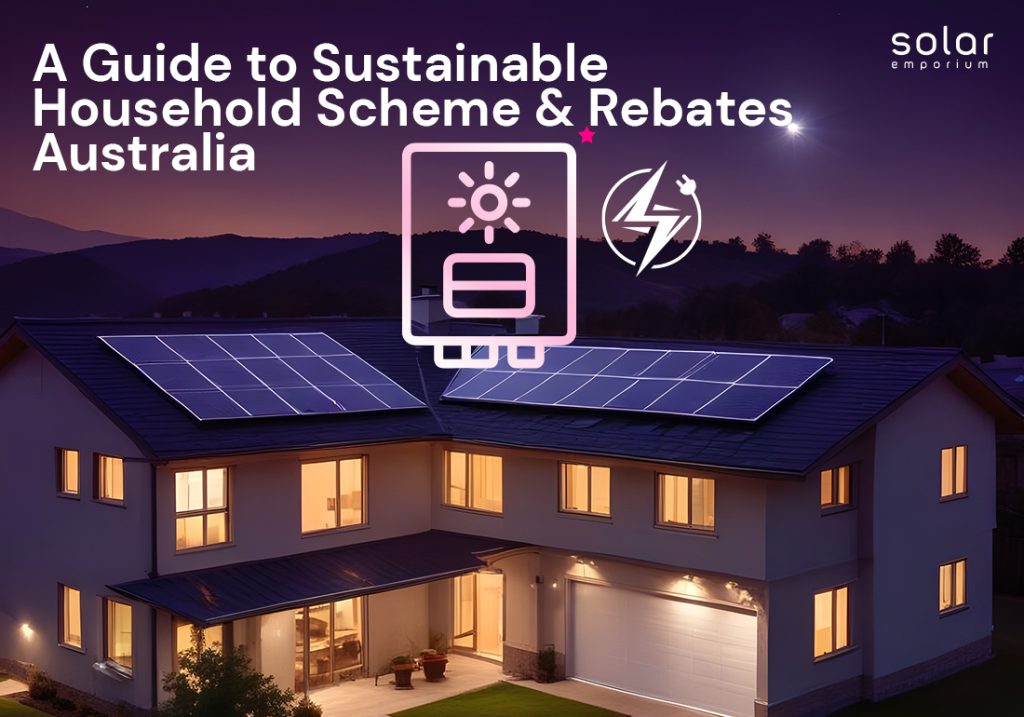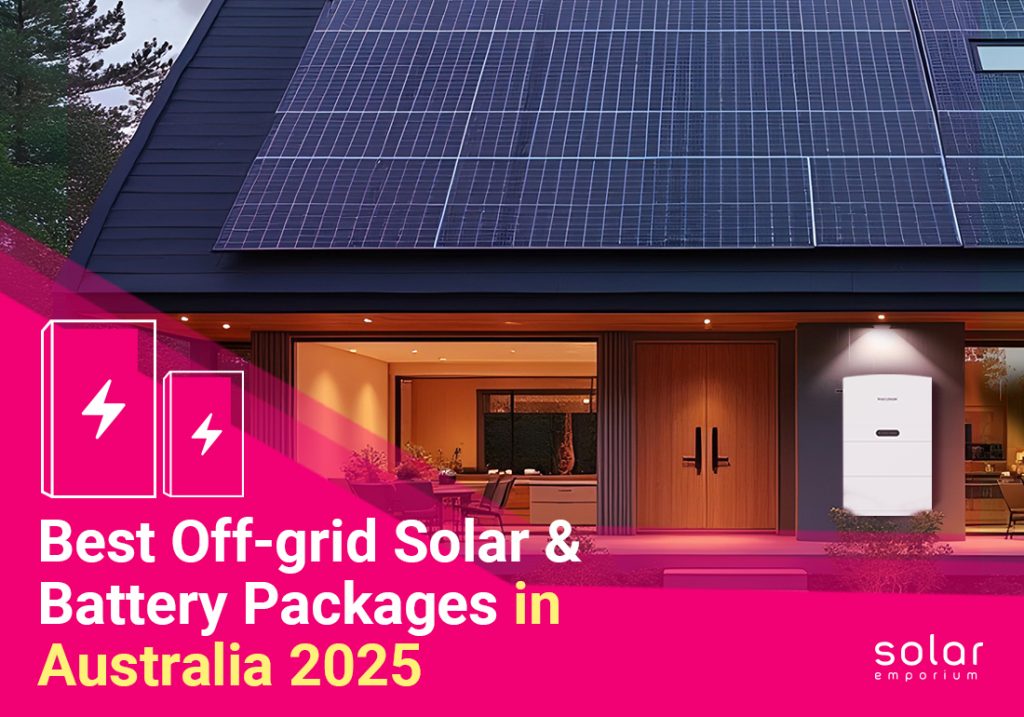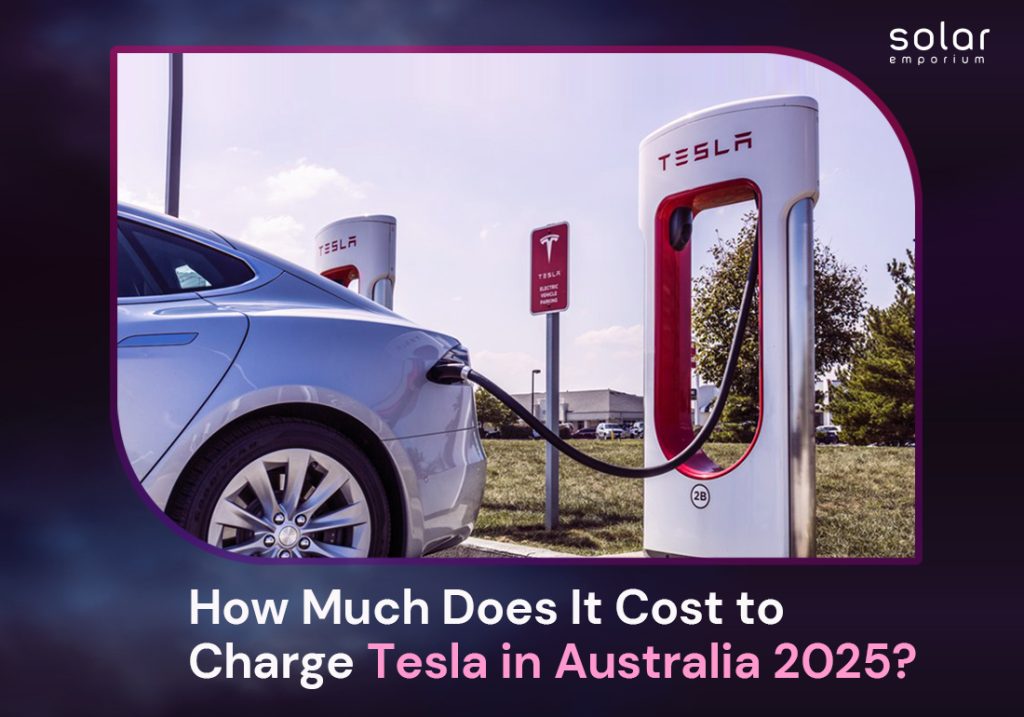The term “green fuel cells” is a generalised term. Not all fuel cells are good for the environment or use clean energy.
However, “solar hydrogen fuel cells” are considered one of the greenest. But what are solar hydrogen fuel cells? What does a solar hydrogen fuel cell do?
In today’s blog, we’ll learn everything. We’ll explain solar hydrogen fuel cells and how they work.
First, What is Hydrogen Energy?
Hydrogen is the most common element in the universe. It can be stored as a gas or liquid or combined with other substances. It has many uses, such as fuel for cars and heating, storage of electricity, or as a material in factories.
Hydrogen doesn’t produce emissions and can store renewable energy for backup usage when made with renewable energy.
Hydrogen can be stored as a gas and sent through natural gas pipelines. It can also be turned into a liquid or used to make other materials like ammonia, which can be transported by trucks and ships. It allows hydrogen to be sold and traded internationally.
Hydrogen in Australia
Like in other countries, hydrogen is mainly used in industrial processes in Australia. Renewable hydrogen could help reduce emissions in industries that need high temperatures.
Renewable hydrogen can also be used to make chemicals, fertilisers, heavy industries, and transportation. It can also support the electricity grid. Green hydrogen can be exported as a liquid or in other forms, like green ammonia.
It can also process Australia’s raw materials to make green iron or alumina, helping embed renewable energy into these products for export.
Hydrogen is a sustainable fuel for heavy vehicles and aircraft. It can also be mixed into gas pipelines for home use.
The Australian Government, industry, and researchers have worked extensively to explore renewable hydrogen opportunities. They developed a National Hydrogen Strategy, which was updated in 2023.
The government also started the $2 billion Hydrogen Headstart initiative to expand large green hydrogen projects in Australia.
According to the Australian Renewable Energy Agency’s research, by 2040, Australia could export over 3 million tonnes of hydrogen annually, potentially adding up to $10 billion to the economy annually.
So What are Solar Hydrogen Fuel Cells?

A solar hydrogen fuel cell system converts sunlight into hydrogen and then uses this hydrogen to power a fuel cell. This means all the hydrogen produced comes from renewable sources.
Solar panels capture sunlight and convert it into electricity. This electricity powers an electrolyser, which splits water into hydrogen and oxygen.
Unlike batteries, hydrogen can be stored without losing energy and transported worldwide in gas form. For example, the stored hydrogen can be converted into electricity in a classroom.
The final step uses a fuel cell to convert the hydrogen into electricity, completing the solar-hydrogen energy cycle.
Solar–Hydrogen Energy Cycle
The solar-hydrogen energy cycle involves storing the sun’s energy as hydrogen and then converting this hydrogen back into electricity.
This cycle is important because the sun only shines during the day, so we need a way to store its energy for use at night or on cloudy days.
Storing large amounts of energy in batteries is impractical because it’s expensive, requires many materials, and causes some energy loss. However, hydrogen allows us to store large amounts of clean energy efficiently.
Capture Solar Energy: Solar panels capture energy from the sun and convert it into electricity.
Produce Hydrogen: This electricity powers an electrolyser, which splits water into hydrogen and oxygen.
Store Hydrogen: The hydrogen produced can be stored without losing energy. Unlike batteries, it doesn’t degrade over time.
Convert Back to Electricity: When needed, such as at night or during cloudy weather, the stored hydrogen can be converted back into electricity using a fuel cell.
This way, we can have a reliable, clean energy supply even when the sun isn’t shining. This energy storage method is efficient and can be easily scaled up to store large amounts of energy for long periods.
It also allows for energy transportation, as hydrogen can be shipped worldwide in gas form. We can always ensure a steady and green energy supply by converting and storing solar energy as hydrogen.
What Are the Benefits of Solar Hydrogen Fuel Cells?
Solar hydrogen fuel cells have many benefits. First, they use sunlight, a renewable energy source, to produce hydrogen.
This process doesn’t create pollution, making it very environmentally friendly. Solar panels capture sunlight and turn it into electricity, which powers an electrolyser.
This electrolyser splits water into hydrogen and oxygen. The hydrogen can then be stored for later use.
One big advantage of solar hydrogen fuel cells is their ability to store energy. Unlike batteries, which can lose energy over time, hydrogen can be stored without loss.
This stored hydrogen can produce electricity whenever needed, even at night or on cloudy days without sunlight.
Another benefit is that hydrogen can be easily transported. It can be turned into a gas or liquid and shipped worldwide. This means solar hydrogen fuel cells can help provide clean energy to places far from where the energy was originally captured.
Additionally, solar hydrogen fuel cells can be used in many ways. They can power cars, trucks, buses, and even trains. They can also provide electricity for homes and businesses, especially in remote areas where traditional power lines can’t reach.
Overall, solar hydrogen fuel cells offer a clean, efficient, and versatile way to use and store renewable energy. They help reduce reliance on fossil fuels and lower greenhouse gas emissions, contributing to a healthier environment.
Growing Australia's Hydrogen Industry
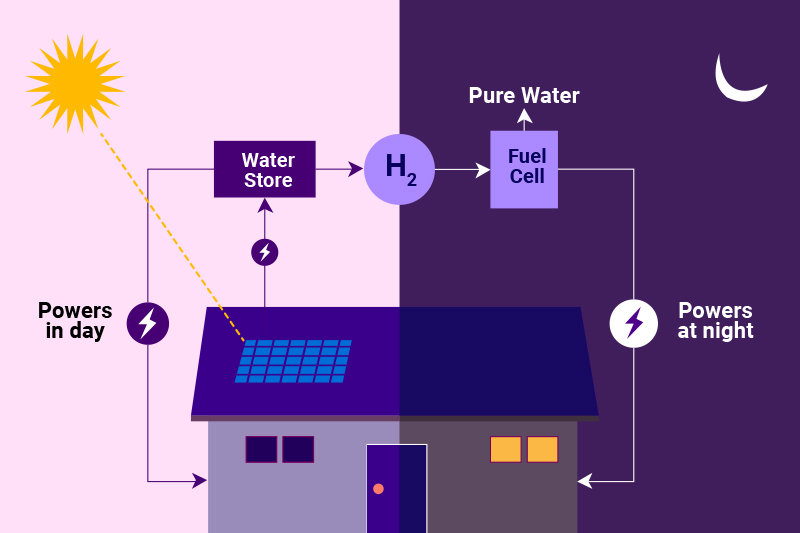
Australia’s Hydrogen Ambition
Australia aims to become a leader in renewable energy, reduce carbon emissions, and boost clean energy exports to support global decarbonisation. Producing hydrogen in Australia will be key to achieving these goals.
Hydrogen is a clean fuel that only emits water, not carbon.
Uses of Hydrogen:
- Blending with or replacing natural gas for homes, industries, and cooking
- Powering cars, trucks, buses, and trains with fuel cells
- Storing and generating electricity for mining sites and remote communities
- Serving as an industrial chemical for products like ammonia, fertilisers, and iron
- Trading clean energy with other countries
Australia has plenty of natural resources to produce clean hydrogen for domestic use and export.
The Australian government wants to build a clean, innovative, safe, and competitive hydrogen industry that benefits all Australians.
Since the National Hydrogen Strategy was released in 2019, there has been a $127 billion investment pipeline for hydrogen projects in Australia.
This includes over 15 projects that have made final investment decisions (FID) and over 80 announced renewable hydrogen projects.
These projects can help revitalise manufacturing, support regional economies, create jobs, attract investments, and open trade opportunities while helping Australia meet its decarbonisation targets.
How is the Government Supporting the Hydrogen Industry?
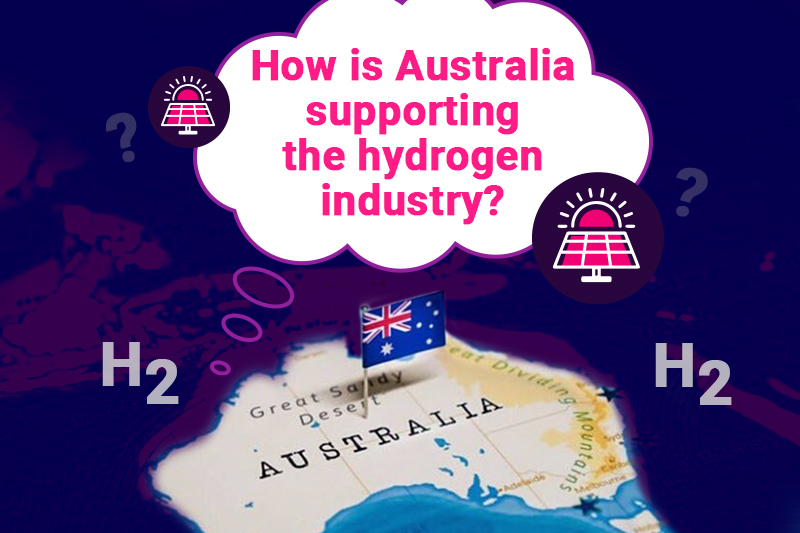
For six years, we have been leading hydrogen innovation in Australia. Our federal government have supported green hydrogen projects from early research to large-scale commercial operations.
They aim to increase green hydrogen production, make it more cost-competitive, and build Australia’s hydrogen industry.
Their Efforts So Far:
- Provided $236 million to 43 renewable hydrogen projects, ranging from early research to deployment. These projects include hydrogen refuelling stations, hydrogen trucks, green ammonia production, alumina refining, gas blending, and remote power.
- They funded the first commercial-scale hydrogen electrolyser projects in 2021. The first project reached a financial close in 2022 and is now under construction. This facility will produce hydrogen for green ammonia production.
- In 2022, they granted $13.7 million to build one of Queensland’s largest renewable energy-powered electrolysers for ammonia facility.
- In April 2023, they announced $25 million for the Hydrogen Research & Development (R&D) Funding Round, supporting research in renewable hydrogen production, storage, and distribution.
- In 2023, they committed $50 million to delivering hydrogen projects in Australia. This initiative will support renewable hydrogen’s technical viability and reduce production, transport, storage, and usage costs.
Hydrogen Headstart Initiative:
In the 2023-24 Federal Budget, the Australian Government launched the $2 billion Hydrogen Headstart initiative, a revenue support program for scaling up green hydrogen in Australia.
This program aims to support two to three major renewable hydrogen projects by covering operational costs over ten years with a production credit.
The federal government have provided funding from the federal budget to design the Hydrogen Headstart program, working with the Department of Climate Change, Energy, Environment, and Water and consulting with the industry.
Improving Australia's Hydrogen Regulation
Australia’s laws are being updated to support the hydrogen industry better and ensure safety. The government is working with state and territory governments to:
- Review federal, state, and territory laws affecting the hydrogen industry
- Identify barriers to hydrogen projects in Australia
- Recommend ways to remove these barriers and make hydrogen regulation more efficient, certain, and transparent
Key Measures for Hydrogen Regulation:
Key Measures for Hydrogen Regulation:
- Developing and delivering 5 National Hydrogen Codes of Best Practice
- Prioritising transport regulatory reforms
- Creating standardised best practices with accelerated standards development
Contact Solar Emporium to join the clean energy revolution. Get a free quote today!
